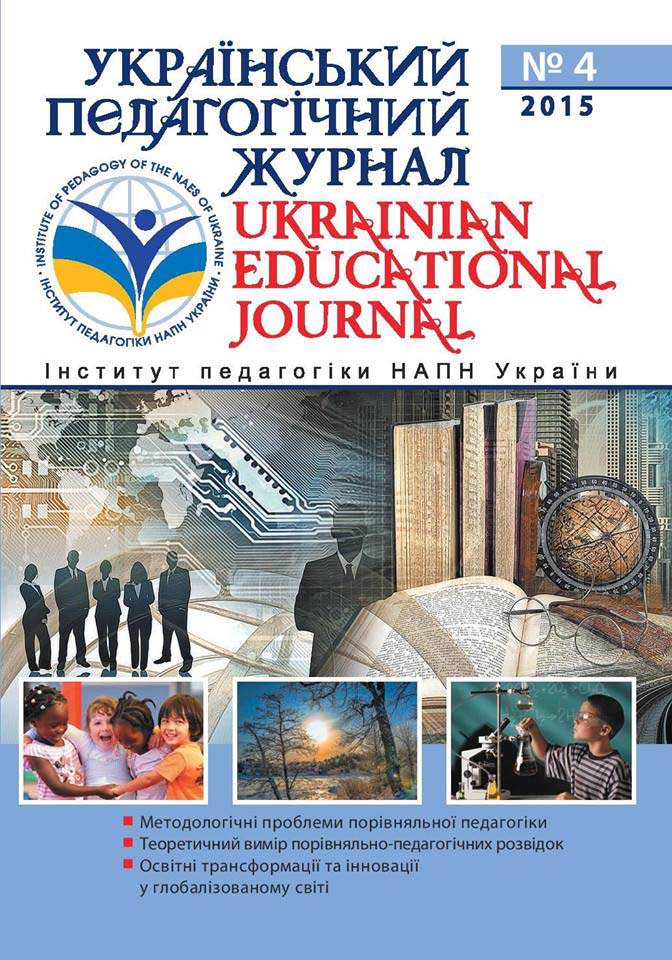Abstract
The article is devoted to the establishment and development of comparative education
in the United States. In this paper the history of comparative education is highlighted in detail as a separate scientific field. This work explores the place of comparative education in American educational science and identifies current trends of its development. The artiinstructional emphases about its place in the world of science. Educators worldwide face similar challenges in helping policy makers understand the interactions among societal aims and globalizing factors that influence formal schooling’s purposes. In the United States, education has moved in a problem-focused and solutiondriven direction due to an accountability movement that demands the measurement of educational outcomes through standardized test assessments. Classic analysis of Comparative Education depicts the field’s progress in terms of its different historical stages of development. The first stage has been called “the period of travelers’ tales” where people’s interest in the unknown led to exploration around the world. Comparative educators in the 20th century were concerned with identifying the forces shaping foreign educational systems and used quantitative methods to explain the factors impacting formal education and society and to establish cause-effect patterns of influence. The third stage of Comparative Education is characterized as one of international cooperation, peace, and understanding. Comparative Education as a subject area can be found in some schools and colleges of education throughout the United States. The Council of Learned Societies in Education has identified Comparative Education as a major academic approach that helps to define foundations of education.

This work is licensed under a Creative Commons Attribution-NonCommercial-NoDerivatives 4.0 International License.

